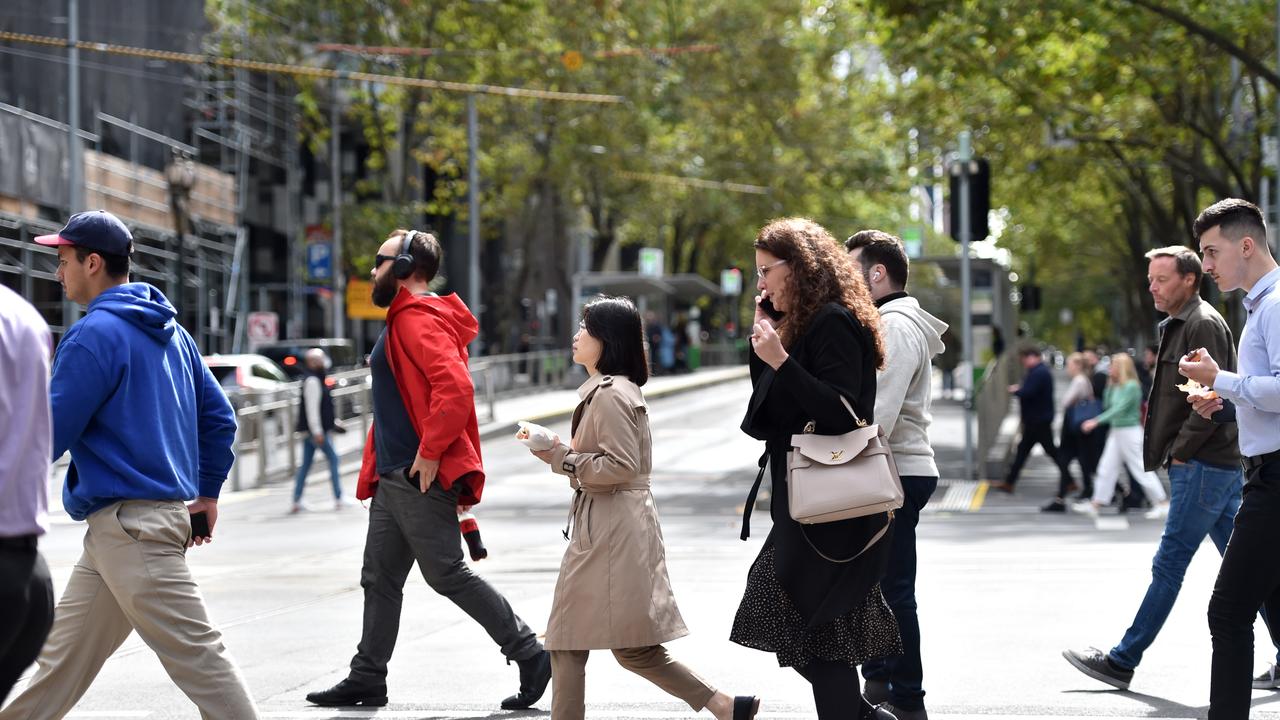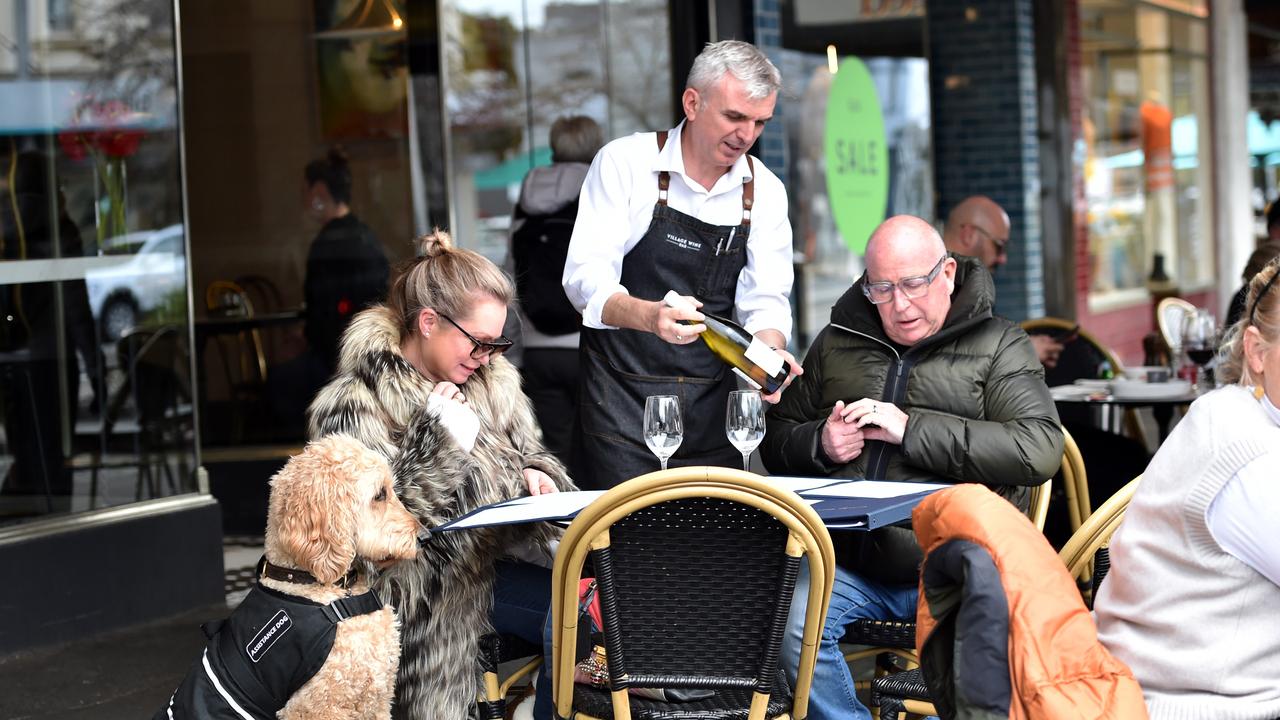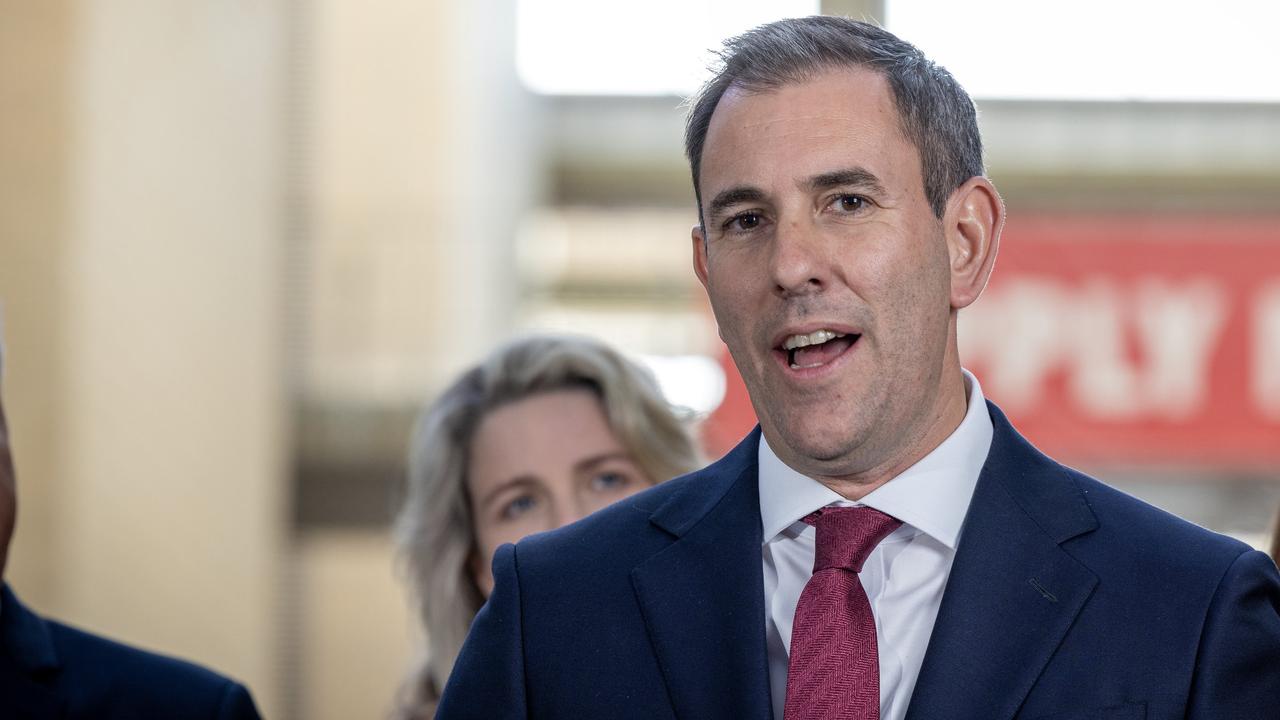Inflation jumps higher ahead of October Reserve Bank meeting
Households could be served with another rate hike before the end of the year as surging petrol prices push inflation higher.

Surging petrol prices, soaring rents and higher insurance premiums could serve households with another rate hike before the end of the year.
Annual inflation rose to 5.2 per cent in August, up from 4.9 per cent in July, as price pressures intensified, the Australian Bureau of Statistics said on Wednesday, defying a broader slowdown in cost pressures since December last year.
While the figure was in line with economists’ expectations that price pressures would accelerate, the evidence of ongoing inflationary pressures will call into question the consensus view that the Reserve Bank is done with raising rates.
Traders are now pricing in a 40 per cent chance the RBA lifts rates in November, and a 90 per cent chance by March for a 0.25 percentage point rate hike.

The data shows households and business across the country are feeling pain at the bowser with petrol prices skyrocketing 9.1 per cent higher in August.
Petrol climbed to $2.11 a litre last week, up from $1.80 in June, according to analysis by the Australian Institute of Petroleum.
Amid an acute housing shortage, rental costs also jumped higher, climbing 7.8 per cent – the fastest pace in more than a decade.
Meanwhile, insurance costs soared by 14.7 per cent over the year to August, after consumers saw price rises for their home and car insurance.
However, easing inflation in food, electricity, gas and household furnishings showed prices continued to normalise for certain goods and services.
Measures of consumer price growth excluding volatile items, like groceries, fuel and holiday travel, continued to ease, falling to 5.5 per cent in August, down from 5.8 per cent in July.

National Australia Bank head of market economics Tapas Strickland said stickier services inflation was likely due to businesses passing through higher energy and labour costs through to consumers, noting the Fair Work Commission’s recent decision to hike award and minimum wages from July 1.
“With the monthly consumer price indicator being only a partial indicator, we think the RBA is likely to wait for confirmation in the full September quarter CPI on 25 October,” he said.
“NAB sees the RBA hiking rates in November to 4.35 per cent, and markets should be thinking about whether one more is enough given the labour market remains tight.”
But ANZ economists were undeterred by prolonged services inflation, noting the measures of underlying inflation continued to abate.

“Trimmed mean inflation was stable at 5.6 per cent,” ANZ senior economist Adelaide Timbrell said.
“The recent headline monthly CPI outcomes suggest a touch of upside risk … although not enough risk to warrant the RBA hiking rates in October.”
Another rate hike in store?
Earlier this month, the minutes of RBA’s board meeting showed the case to raise the cash rate was based on the risk that inflation remained above the bank’s target for an extended period.
“This could occur … if high services price inflation is more persistent than expected,” the minutes read.
Services inflation, a measure that more closely reflects spiralling rent and energy prices, has remained stubbornly high at 5.6 per cent in the 12 months to August, and will be an important factor for whether the RBA decides to hike again.

Before the release of August’s monthly inflation print, analysts had cautioned that the reading had a higher representation of still-high services inflation, which had not been fully accounted for in previous monthly readings.
The fresh inflation figures come ahead of the October RBA board meeting next Tuesday – newly installed governor Michele Bullock’s first at the helm – where members will weigh up whether to hike or hold the official cash rate, which currently sits at 4.1 per cent.
While the Bureau of Statistics' monthly inflation indicator factors into the central bank’s thinking on rates decisions, economists said the bank would likely wait for the bank’s next quarterly inflation reading due in late October which is the best gauge of price pressures across the economy.
‘Big picture’ inflation picture welcome: Chalmers
Ahead of the fresh inflation data, Treasurer Jim Chalmers warned that monthly inflation figures tended to be more volatile than quarterly readings.

“The big picture is that inflation is moderating in welcome ways, although we’d like it to moderate faster,” Dr Chalmers said.
“Inflation remains the primary challenge in our economy and that’s why the primary focus of the Albanese government is rolling out billions of dollars in assistance to take some of the edge off cost-of-living pressures without adding to inflation.”
Opposition treasury spokesman Angus Taylor accused the government of being “missing in action” in addressing inflationary pressures across the economy.
“Labor must treat inflation as priority one, two and three. Unfortunately that’s not what we’re seeing and it’s hardworking Australians paying the price,” Mr Taylor said.
Read related topics:Reserve Bank



